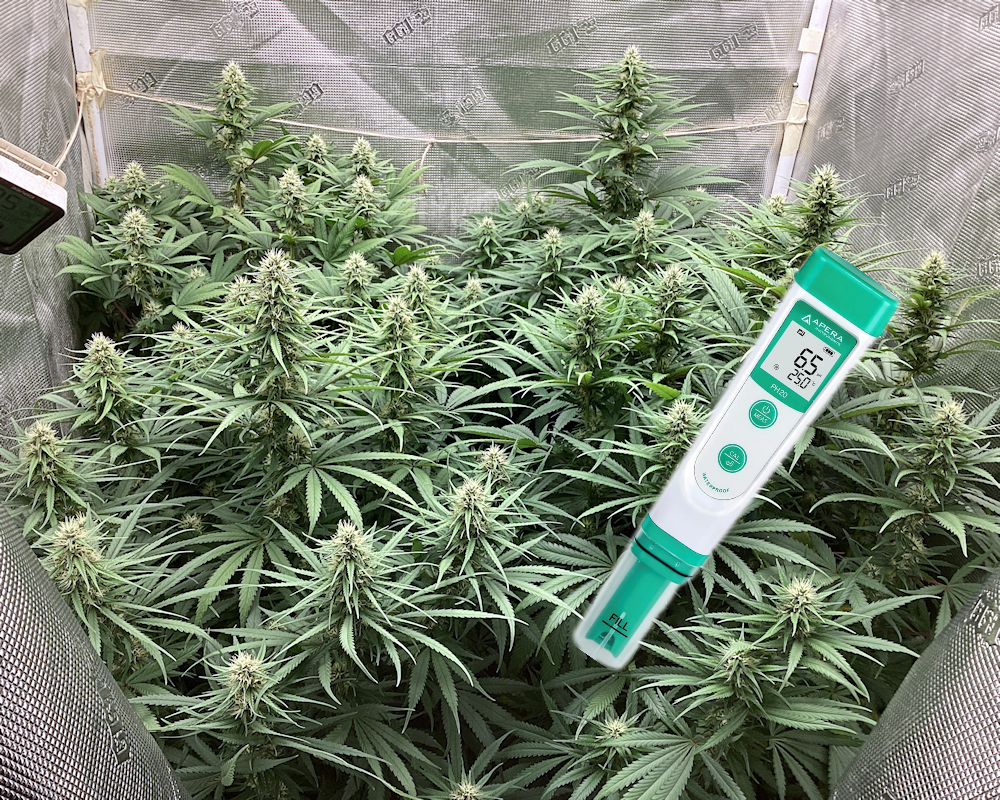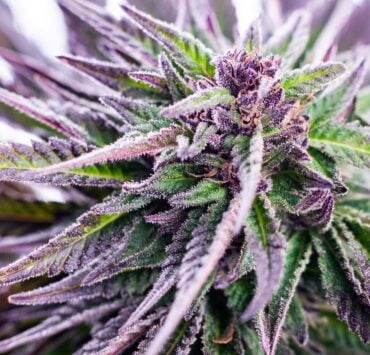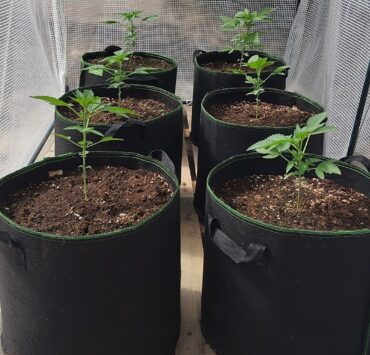Gold Header Ad
reserve your ad hereHowdy good peeps! I’m The Rev—no religious affiliations—and I have been growing cannabis straight up for more than 50 years. Yup, I’m old AF baybee! Being able to reliably manipulate the pH of your plant water can be crucial. Normally growing in living soil all naturally you can have your water pH somewhere around 6.8 or so. Sometimes certain plant strains (usually long IBLs) will require a certain pH range to grow well. The Deep Chunk (from Tom Hill) for one example must have a higher pH range than most cannabis plants. I run my water pH up around 7.0 to 7.3 to keep those type of plants happy. More about all that ahead. No AI writing here—obviously—all human all the time, heh heh.

NOTE: Create a benchmark. Find which additions result in your desired pH range so you can do it without meters, most of the time. Good living soil and good groundwater is usually pretty close as is.
Also, your style of growing will matter as well. Basically, if you are using any liquid fertilizers (all natural/organic) then you want to run your pH a bit lower than you would just using dry additions and things supplied (made by) nature. If I am using worm farm leachate and/or fish tank water I keep my pH around 6.5 to 6.8 … but, using fish fertilizer (Alaskan brand) or Big Bloom (Fox Farm) in the mix, I drop my pH to around 6.2 to 6.4—this takes advantage of the liquid nutrients better, I think. Let’s check out some stuff…
Your Liquid pH Meter of Choice
For well over a decade, I used a Hanna brand liquid pH meter. For the last several years I have been using the Apera PH20 pH Meter, quite happily I might add. At the time of this writing, you can get this meter in a cool case with calibration liquid etc., for under $55.00… which I think is a fair price for the quality you get. Here’s a link to the Apera pH20 on Amazon that I have been using for a few years happily.
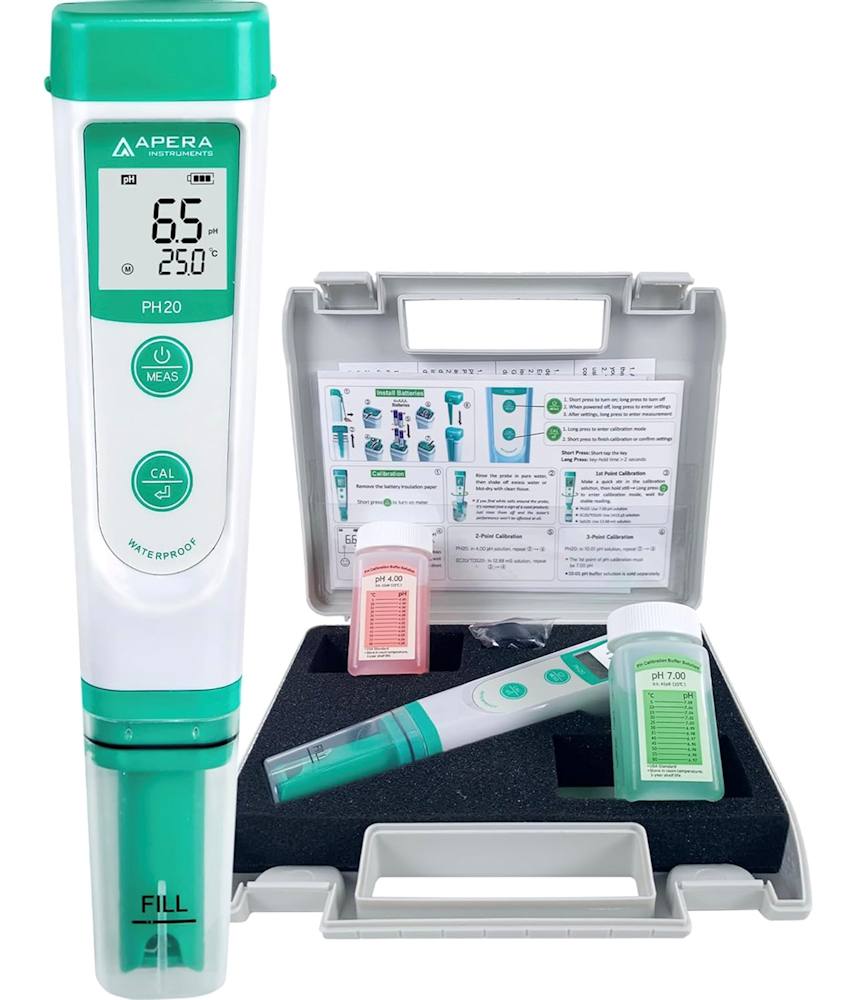
If you read (link below) my last article – TDS Meters and PPM – you know I actually use two TDS meters. As far as my pH meters go, I just use a single meter, and it’s the Apera PH20. This meter is super easy to calibrate, seriously. I normally just use a single point calibration, but you can choose to do a two-point calibration if you like. Put it in the 7.0 pH calibration solution, turn it on. If it says 7.0 pH you’re done. If it doesn’t you just hold down the calibration button for a couple seconds, let go, then push it again, and boom. You’re done. Yup, that easy man. Clear and comprehensive instructions come with it. It runs on AAA batteries, which I also like a lot.
How to Use Your Liquid pH Meter in Low PPM Water
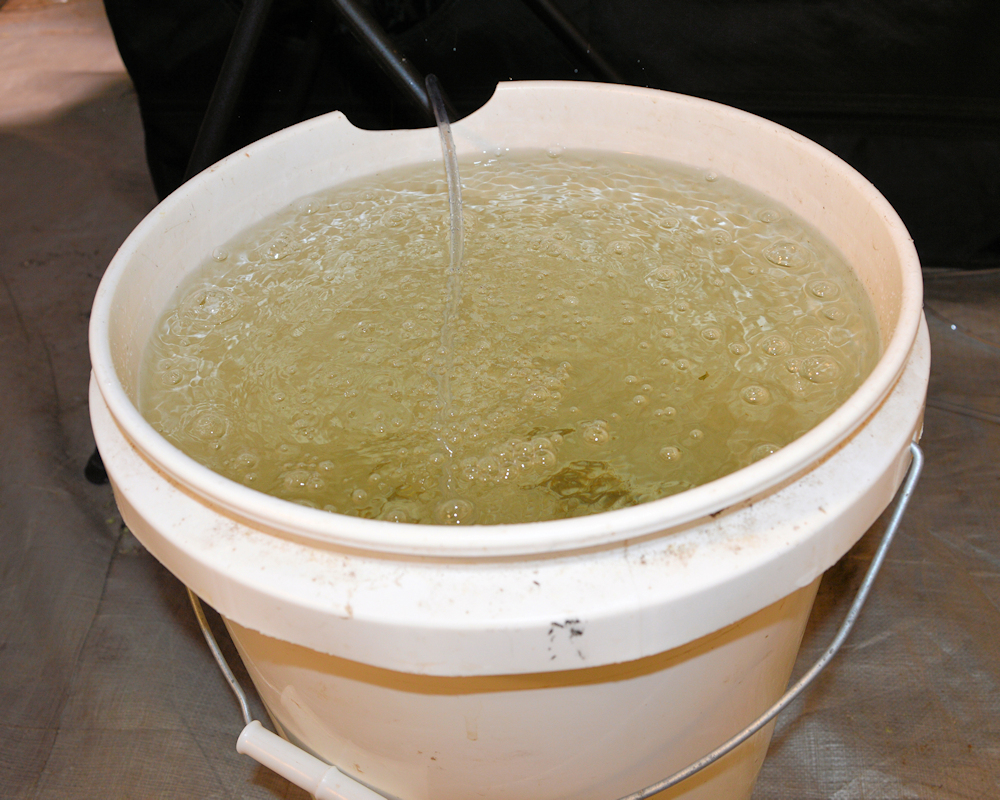
That’s my 5-gallon aerated water reservoir (bucket) above. I water 8 flowering plants all in 3-gallon containers which uses about 4+ gallons of water. I fill it up a day before I will need to water and let it bubble away—living water baybee! To read the pH of low PPM water like this (60ish PPM) you need to turn on the pen, stir the pen vigorously around in the water for about 30 to 45 seconds at least, then hold it still in the water for about 10 seconds, and that will be your pH.

Ways to Manipulate the pH of Plant Water
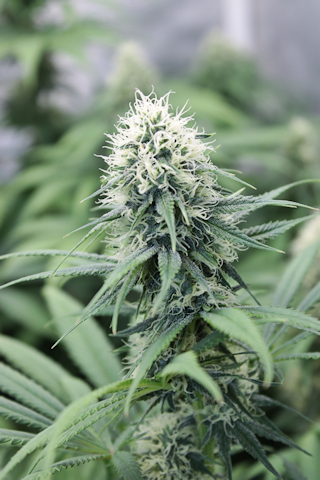
There are several cool and safe ways to alter your plant water pH. To lower the pH of my own plant water my go to is pH-Down crystals (all-natural ascorbic acid), or apple cider vinegar. Either one works great. To take my pH upwards I always use dolomite lime (fast acting). You could use some all-natural pH-Up crystals; however, these are potassium hydroxide. So, this will not only significantly up the levels of potassium going into your soil, but it will also add a lot of PPM value to your water. Both of those are potentially downsides. A potassium overdose sucks and so does running your PPM values too high. The dolomite lime water will add some PPM value to your plant water, but not over the top values.
Link to pH-Down Crystals: HydroOrganics Earth Juice Natural Down Crystals. This container of crystals is a decades lasting supply for a regular home gardener indoors. That link above goes to Amazon. You may be able to find it for less at your local grow-shop or nursery. I use about 1/8th teaspoon per 5 gallons of plant water to take my pH from 7.0 to 6.3 at about 60 PPM. Apple cider vinegar takes about 1 teaspoon-ish to do the same thing.
The Best pH-Up Addition I Have Found
For more about your PPM and TDS meters check out this article: TDS Meters and PPM Values by Rev. What I use instead of pH-Up crystals to raise my pH is dolomite lime. More specifically, dolomite lime water. This is easy to make and to store. Just fill a gallon pitcher with dechlorinated groundwater, add about ¼ teaspoon of fast acting dolomite lime to the water. Add an air-stone and bubble this for 48 hours; like you would to make a living tea. After 48 hours, pour the water (leave all dregs of lime in the pitcher) into a jug and seal it up. Store in a cooler darker location and it will be fine for years. This water will safely take your plant water pH up, if needed.
Running a pH level too high will often result in stunted growth, along with calcium, potassium, magnesium, and even nitrogen deficiencies, in my experience. Running a pH too low will usually cause “taco” looking leaves and sometimes massive stem growth, like if your humidity runs high-ish. So, if your soil is awesome, and you’re seeing these deficiencies, try lowering your pH 0.5 points and see what happens.
Afterword

Okay then, that’s about it for me today. Check out my YouTubes channel for more TLO information: Rev’s TLO YouTube Channel. For sure swing by KOS and check out some killer seeds. I’m growing some Blue Thai and Malawi Moonshine right now for personal stash. Kingdom Organic Seeds.
Remember – depending on your living soil style and how buffered it is… Using organic bottled nutrients like Big Bloom and/or Alaska brand 5-1-1 fish fertilizer, you will want to run closer to 6.3 pH (6.2 – 6.4). When you are using just things made by Mother Nature. Like fish tank water, and worm farm/compost leachate, with additions of dry nutrition like bird guano, alfalfa meal, crab meal, etc., then your water pH can run a bit higher up closer to 7.0 pH -ish (6.5 – 7.2).
Other factors include your groundwater constituents and environment intensity. Never change your plant water pH value by more than 0.5 at a time. Give them a week or so and you should see if it is a better pH fit for your garden. Normally just using Mother Nature made things, my groundwater is all fine up around 6.8 to 7.0 pH dechlorinated out of my tap. Yup—L8r G8rs, see ya back here soon.
- REv 😊

Get my latest book (above) here – Rev’s Latest TLO Book!
I'm The Rev, and I have been with SKUNK for well over a decade now. I hail from Southern California, spent mucho time in Northern California, and now reside in Southern Oregon; always coastal. I am an all natural style cannabis grower and I have written a few books on the subject - check out True Living Organics, Druid’s Edition on Amazon - I have been growing for over 50 years, and I have been breeding cannabis for over 30 years. Check out JBC Seeds to see some exotic KOS selections. Growing connoisseur cannabis is what I teach mostly, growing it in living soil without using liquid organic nutrients to feed the plant. I am also a highly skilled synthetics grower, hydroponics, aeroponics, DWC/SWC/NFT, Ebb and Flow, and soilless, but I cringe when smoking synthetic grown herbs, so for the last 20 years or so I preach the artisan style of all natural growing, specializing in container growing. Cheers and welcome aboard.


